This article is written by Kaushik Sarkar. In this post, he talks about his experience in Thanamir, Nagaland, where he spent more than a month training a group of young enthusiasts in birdwatching and systematic bird monitoring. Read on to know more about his work in Thanamir.
Thanamir is considered the last village of Nagaland situated in the high mountains at the elevation of 2060 m. The Yimkhiung community lives in this village consisting of some 150 households. The community owns about 65 Km sq. of the adjacent forests till the border of Myanmar. This forest mostly consists of dense oak, scrubby slopes formed by old jhum*, Rhododendron ridge tops, and other mixed forests at Mount Saramati (highest peak of Nagaland at 3811 m). Most of the Yimkhiung community members are farmers and practice jhum cultivation on the hills around the village. The crop includes apples, plums, potatoes, colocasia, corn, and rice. Apart from farming, the community who were traditional hunters, still depend on the forest for wood and meat.
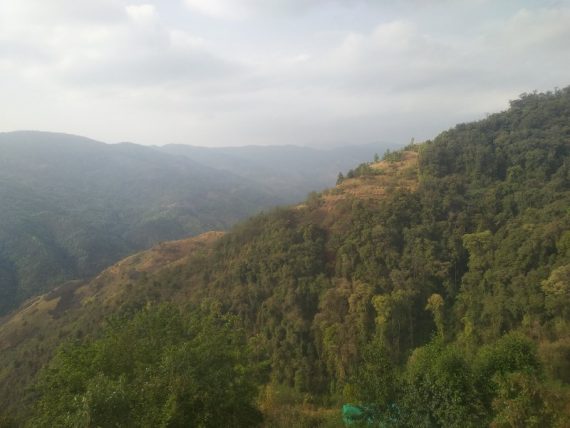
Fig 1: Thanamir Landscape; The oak forests and jhum cultivation. By Kaushik Sarkar
A few months ago, Sahil Nijhawan had contacted Bird Count India to conduct a training program for the people of Thanamir on bird monitoring. The village council wanted to know about the state of birds in their community-owned forests and if they needed to change their forest management regimes based on scientific information to conserve them. The forest management regimes included following hunting bans in various parts of the forest where
- a) hunting is completely banned: Thanamir Student Union Reserve (TSUR)
- b) hunting is banned seasonally (April-Sept),
- c) hunting is allowed throughout the year (with species-specific bans).
Sahil’s colleague Ramya Nair and her field collaborators were already working with the village council and Wildlife Protection Society of India (WPSI) to conduct bio-cultural research through ecological surveys using camera traps and social science surveys. Thanamir’s team included seven members from the village: Kiyanmong, Rethsuthong, Alemba, Yapmule, Rethsucham, Hankiumong, and Jona.
My aim was to train this team including Ramya in theoretical and practical aspects of bird monitoring such that the team can become good birders and can conduct a bird study on their own. In the process, we would try to get a comprehensive list of birds of Thanamir to project it as a great birding hotspot. Here I talk about our quest to get a robust bird list of Thanamir.
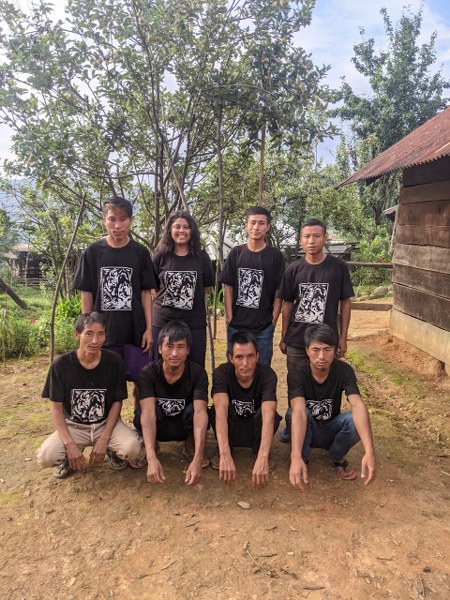
Fig 2: Ramya and her team in Thanamir: (clockwise from top left) Jona, Ramya, Rethsuthong, Yapmule, Alemba, Rethsucham, Hankiumong and Kiyanmong. By WPSI Thanamir
Bird Survey
Phase 1
We started our bird survey on 12th March. To begin with, Ramya had recorded 72 species of birds in her notes before my arrival. We started exploring the regions closest to the village which were the Thanmir Student Union Reserve (TSUR), a dense oak forest, and scrubby slopes of the old jhum. We found five good birding routes around the village, where three of them passed through the TSUR and two passed through the old jhums.
Even in our first few birding sessions on these routes, we recorded quite a few new birds for Thanamir that Ramya had not recorded before. For me, the most striking one was that of Black-eared Shrike Babbler. While watching a pair of Beautiful Sibia, this small bird suddenly appeared on one of the moss-covered branches. The team had not seen it before so they were very excited to find this one too. In the scrubby slopes of the old jhum we found lots of bird activity. With Crested Finchbill and Flavescent Bulbul being everywhere. One morning we were surprised by the presence of Spot-breasted Parrotbill.
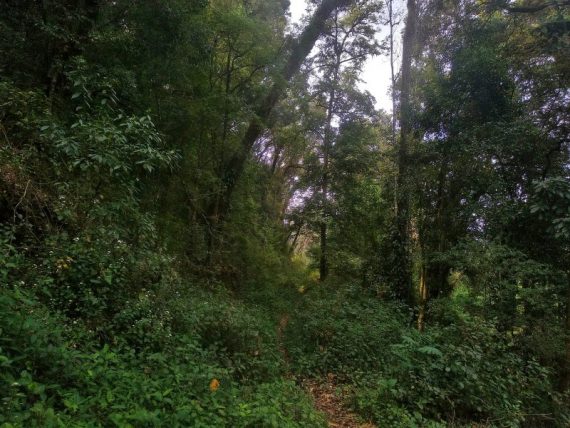
Fig 3:1: Interiors of TSUR
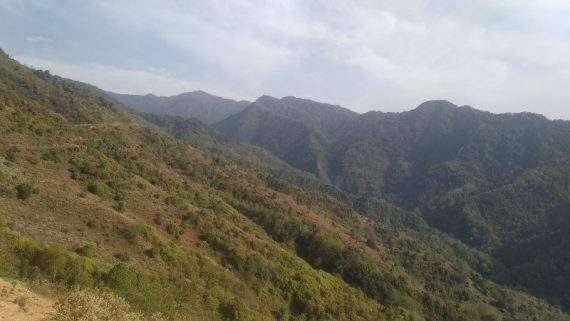
Fig 3:2: Scrubby slopes formed by old jhums
Phase 2
We needed to explore remote areas in order to get a more detailed picture of the bird diversity in Thanamir. As we move away from the village, with elevation the forest changes, and in these different forests we expected to find new species for Thanamir. Our new areas were Sanglukong Yappi and Mount Saramati itself. Sanglukong Yappi is a site where hunting is allowed year-round. This site consists of more lianas and understory than the TSUR and is quite steep.
The whole route to Mount Saramati is rather different and takes more of an elevational forest shift. The species of oak on the route to Mount Saramati changes with elevation. The ridge tops are covered with blueberry bushes interspersed with Rhododendron and very few pines. The forests get less dense and at places host bamboo patches. As we move closer to the peak we see a transition from dwarf pine and blueberry on rocky faces to tall rhododendron forest just before the tree line ends. From the peak, the India-Myanmar border can be seen which is formed by a long ridge that divides the two countries.
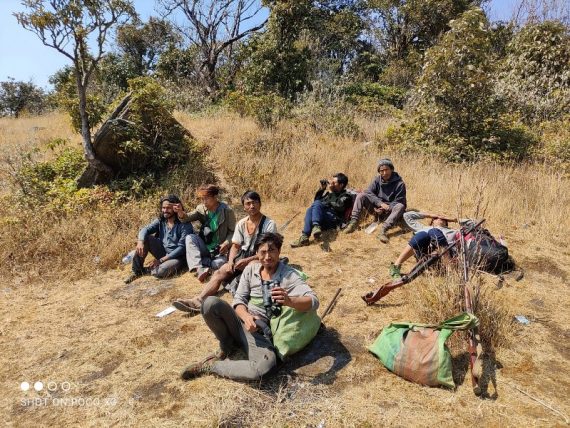
Fig 4.1: Explorations at Mount Saramati. Photo Credit: Rethsuthong Yimchunger
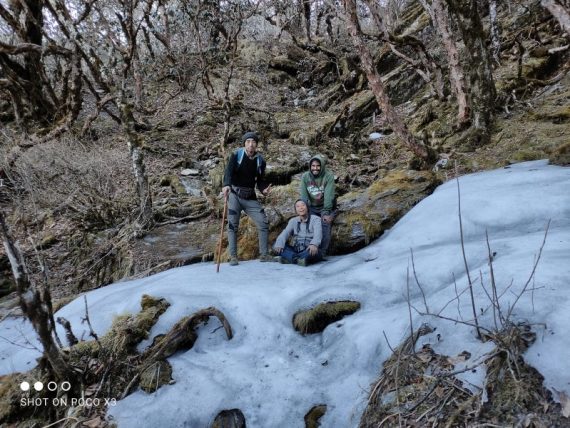
Fig 4.2: Explorations at Mount Saramati. Photo Credit: Jona Yimchunger
In Sanglukong Yappi, the bird species differed a bit from what we commonly saw in the TSUR. We were greeted by the calls of Green Imperial Pigeon just as we arrived. Evenings were filled with calls of the Hill Partridge. Two uncommon thrushes showed up next morning; Long-billed Thrush and Rufous-necked Laughingthrush. By noon we observed a pair of Black-faced Warblers trying to make a nest. During our stay, we even recorded rare observations of the Brown Bullfinch and Rufous-backed Sibia.
Mount Saramati had a very different set of birds due to the change in elevation. There were fewer species seen but most of them had not been recorded in lower elevations. Our first striking record was that of a Black-faced Laughingthrush, which looked different from what we see in field guides as it lacked a white mark behind the cheeks. It was also probably one of the very few records of the species south of the Brahmaputra in eBird. By the evening the high elevation distinction was more evident, a Crimson-browed Finch and Rufous-vented Yuhina showed up at the basecamp. At night the basecamp was echoing with the calls of Himalayan Owl, Grey Nightjar, and distant calls of the Blyth’s Tragopan.
Another new site that was exciting for us was Wuhrihtoh—a river site. This is a moist, dense forest area very close to a river cascading down a steep valley. The river itself offers a new habitat type and hosts species that like streams such as Little Forktail and Plumbeous Redstart. This site also hosted bamboo in some sections and had gentle slopes. This was a rather bird-rich site with quite a few warblers, fulvettas, sibias, sunbirds, and fantails.
With Wuhrihtoh being explored we had covered most of the habitat types that could be found across Thanamir’s forest and across different elevations. The next step was to mark specific trails in these sites where birding can be done regularly.
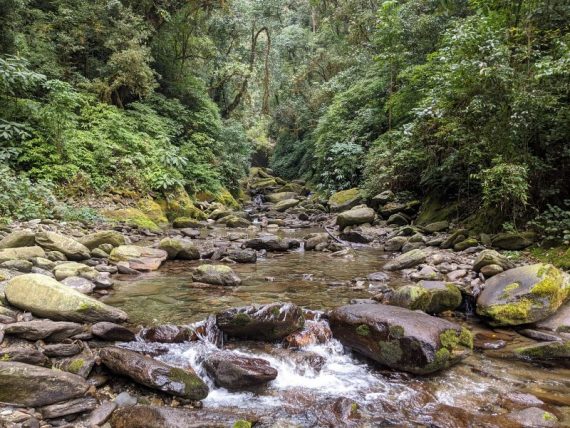
Fig 5: Wuhrihtoh – Steep forested slopes on either side and the river cascades down beside a cave. Photo Credit: Ramya Nair
Phase 3
At the beginning of April, the bird list for Thanamir stood at 150 odd species. We planned to create regular birding trails (transects) and visit them regularly to expand the list. We conducted systematic transects and noted the birds both on paper as well as eBird. We made Thanamir village a hotspot and places such as Wuhritho were given a site name too on eBird. On each transect 2-3 members of the team would go along with me and Ramya. Apart from doing the transect we would also record all birds we saw on the way to the sites where we did transects.
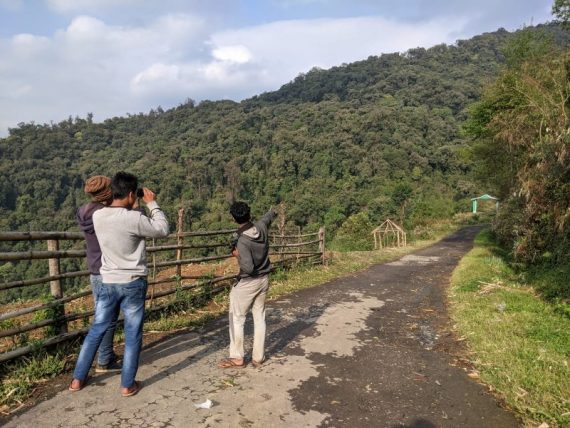
Figure 6: Birding sessions in later phases. Here trying to point at a Taiga Flycatcher sitting on a bush. Photo Credit: Ramya Nair
With all this effort, things started to get even more exciting with some migration kicking in; Firstly the new cuckoos got added to the list; Himalayan Cuckoo and Common Cuckoo. Second, we observed quite a few flycatchers including the Sapphire Flycatcher, Pale Blue Flycatcher, and Ferruginous Flycatcher. Third, all these beautiful calls of Lesser Shortwing, Spotted Elachura, Slaty-bellied Tesia, and other bush warblers were being identified now and this expanded our list greatly.
The local team was now so well versed with birding, they independently conducted a transect near Mount Saramati and recorded the rare Rufous-vented Laughingthrush. They also carefully recorded and identified the uncommon Streak-throated Fulvetta Darjeeling Woodpecker, and the Black-faced Laughingthrush. The rare addition expanded our list and we stood on somewhere around 185 species.
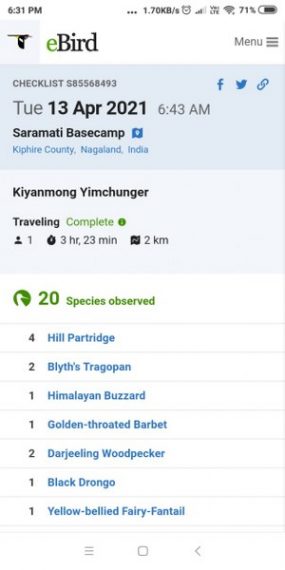
Figure 7: First independent checklist made by Kiyanming Yimchunger and team. (screenshot from eBird Mobile App)
Phase 4
There were only five days remaining for my whole trip to end and so we decided to give our best to try and make the list for Thanamir upto 200 species. With rigorous birding of morning and evening the list kept expanding and on the second last day the list recorded 195 species for Thanamir. There was only one location yet to be explored, the fields and river on the lower elevation boundary of Thanamir.
We went down to the fields and soon our hopes for getting at 200 species got stronger. The fields represent the open habitats and we found our first bird; Striated Prinia. Few more meters ahead we stumbled upon a Siberian Stonechat and suddenly two Oriental Turtle Dove flew over. These were also new for Thanamir and we now needed just two more. We arrived at the river below and searched about a 2-3 Km stretch of it and we could only find Grey Wagtail as our addition. Despite a thorough search, we could not find the last one at the river.
Afternoon, we decided to head back. As we were climbing up the fields halfway near to the village, we found our 200th bird. Under the bright blue sky, a Eurasian Kestrel was soaring. It hovered around for a while and we sat and kept watching it. Now came the cherry on top there was another new one–Crested Bunting. This was the perfect ending to our explorations in Thanamir.
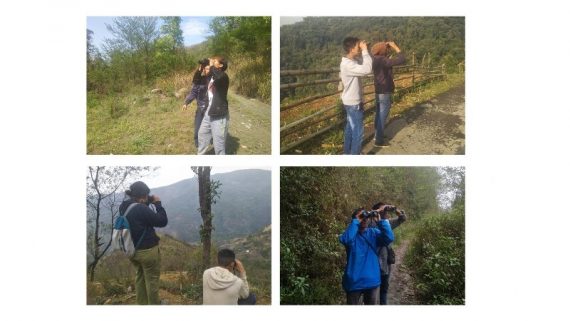
Figure 8: Finding the 200th bird species. All the team members gave full effort in reaching the goal.
While the Thanamir list stood at 203 on the day I left, I realised we had added about 40 species for the district of Kiphire on eBird. Since then the team has been regularly birding and the Thanamir list is going up. Rare sightings of Rufous-necked Hornbill, Hodgson’s Frogmouth, and Chestnut Munia are insisting that there is still a lot to be found in these forests of Thanamir.
There are still a lot of remote places left in India where we do not have much idea of the birdlife present. Similar training programs in collaborations with the local bird enthusiasts can greatly enhance the overall knowledge about the birds. It also empowers them to contribute to science and even aid the conservation of the wildlife they have.
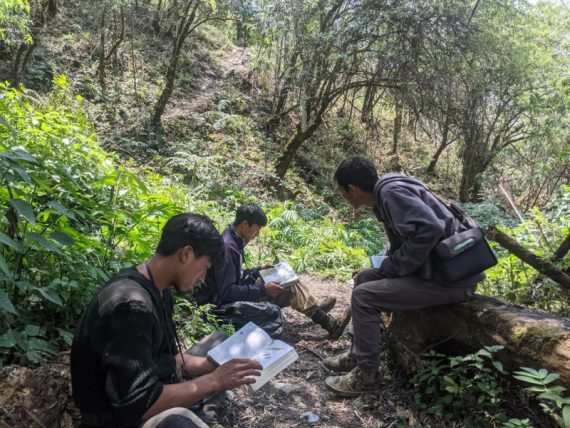
Figure 9: Team trying to identify a bird they just saw on a birding session. By Ramya Nair
Jhum – Jhum or Jhoom farming is the name given to slash and burn agriculture by local communities in northeastern regions in India.
About Kaushik, Ramya and Sahil
Kaushik Sarkar is a nature buff with a great interest in avian ecology and interactions of birds with the modified environments and transitioning landscapes. He graduated with an MSc in Wildlife Biology and Conservation from NCBS Bangalore and is currently part of the Bird Count India team.
Ramya Nair is a field researcher at Wildlife Protection Society of India (WPSI) currently working in Thanamir, Nagaland. She works in collaboration with the residents of Thanamir to conduct socio-ecological research in their village and community forest.
Sahil Nijhawan is a research associate with the Eastern Himalaya Programme at Nature Conservation Foundation (NCF). For over a decade he has been collaborating with the Idu Mishmi people of Dibang Valley, Arunachal Pradesh towards bio-cultural research and conservation.
Header Image: A river site called Wuhrihtoh. Photo Credit: Ramya Nair

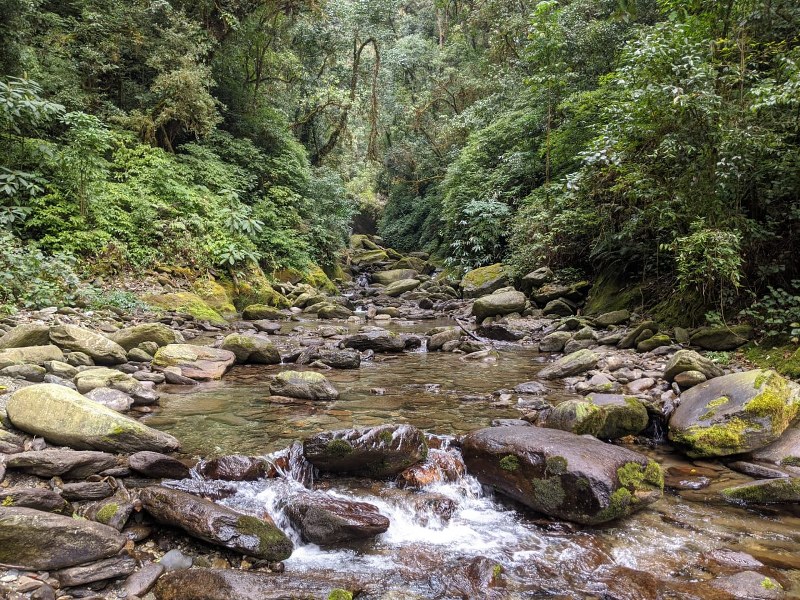
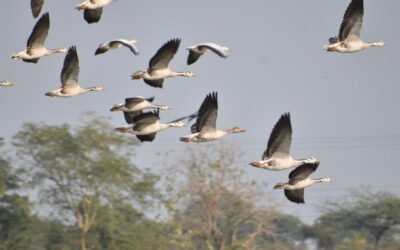
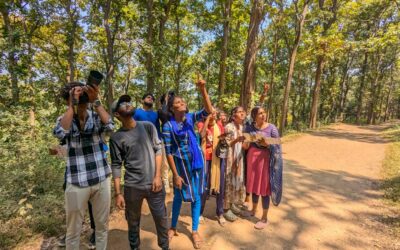
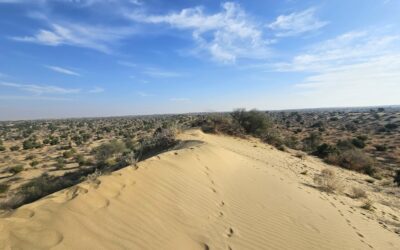
Great Blog!
Thanks Nishant
Good detailing!!
Interesting and even inspiring! Great work by the team, thanks.
Good and inspiring one
Epic ! Such efforts are taking avian world at another level. Kudos to all !
What a great blog it was. I really enjoyed reading it.
Appreciating and inspiring,, it’s a happiness to see some shoulders working so hard with keen interest and dedication…
and bringing pictures of a forbidden world to us..
The narrative is so beautiful and exciting that would love to visit the land someday. Hats off to the great effort taken by the team.
You guys did a commendable job
Too visit again